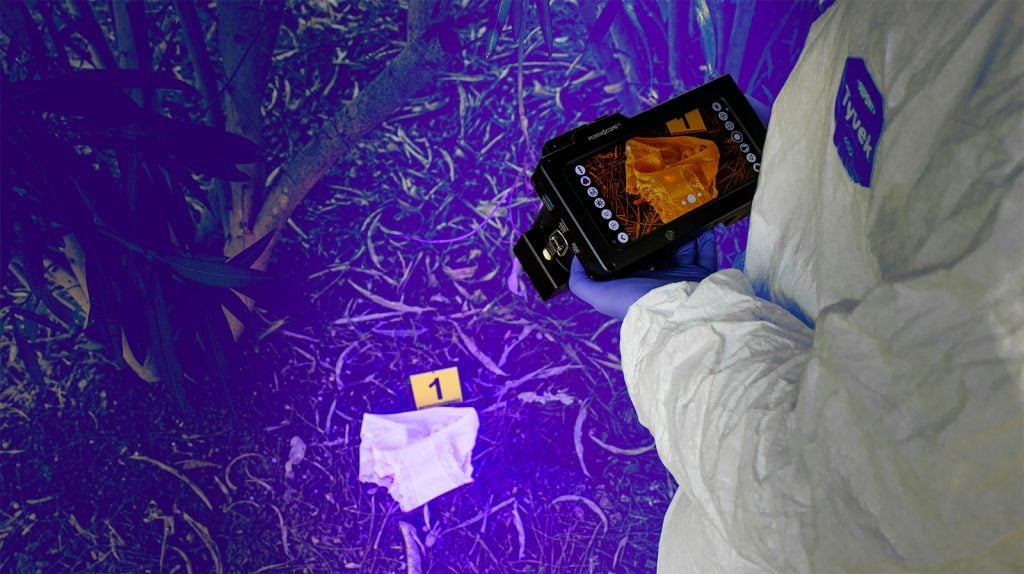
Footprint &Tire Track
Traceology is a discipline that develops scientific and technological tools to uncover, preserve and examine traces to clarify situations that can aid in the investigation and prevention of crime. Traces are classified as trace-reflections, trace-objects and trace substances. Shoe marks and tire marks belong to the trace reflection group. The main principles of criminalistic theory, when applied to shoe and tire print inspection, are: (1) the outer structure of all shoes and tires is individual; (2) the external structure of the object may be projected onto another object in the form of trace-reflection; and (3) the trace reflection is an inverted or mirror image of an object.
Footprints and tire tread impressions can be used as forensic evidence as they create a unique pattern. Shoes and boots leave special marks and impressions based on their brand, style and size. Shoe and tire tracks can play an important role in the process of profiling suspects and witnesses in a crime scene investigation.
Footprint
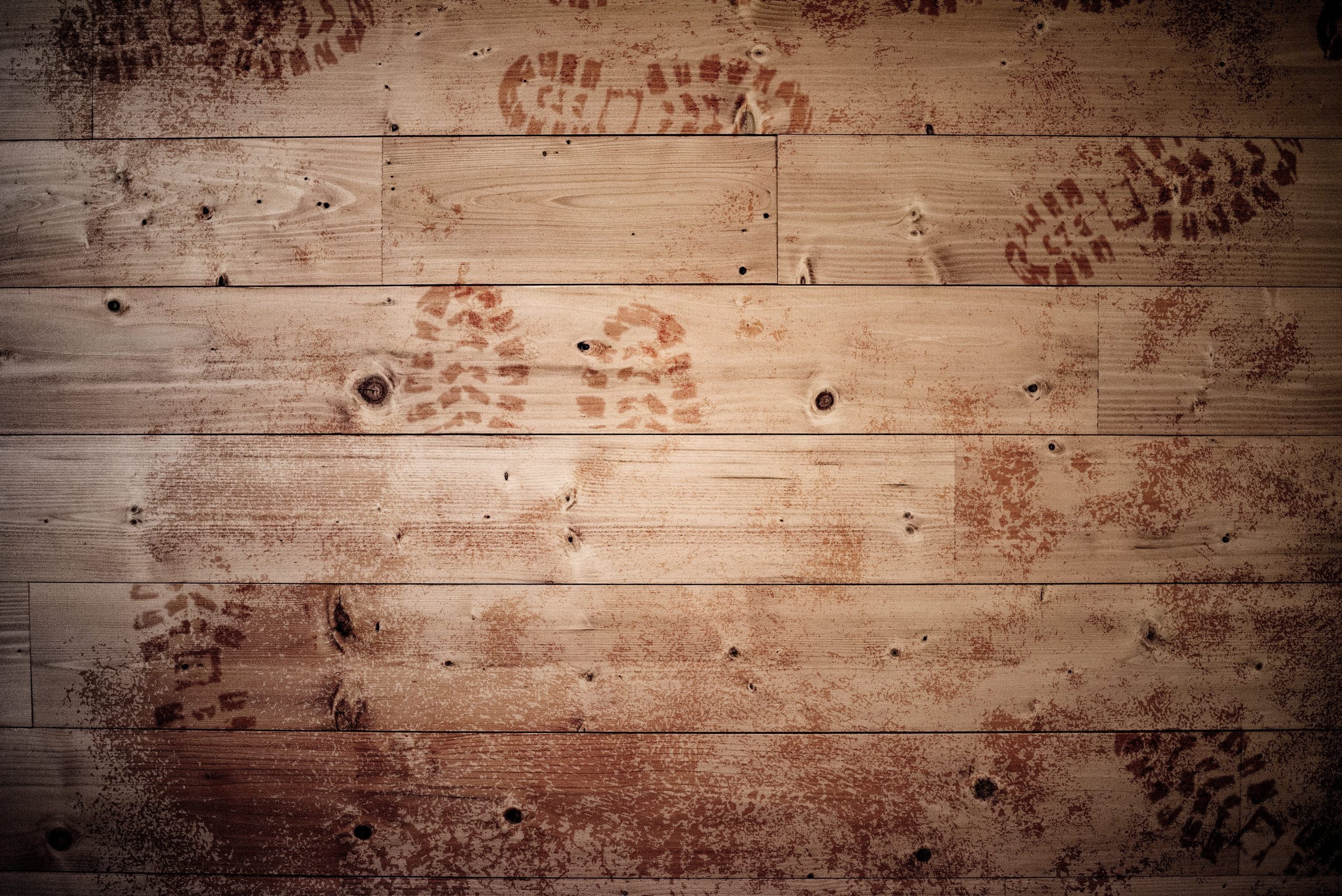
Image 1
Shoe marks are the most common type of evidence left at a crime scene. Forensic scientists use footprint analysis to gain important information during certain crime scene investigations. These include identifying a shoe manufacturer, model, and shoe size to help profile witnesses, suspects, and victims at a crime scene.
Forensic scientists can try to identify the type of shoe or tire that made an impression, through searchable databases compiled by the FBI and other agencies. With this information, researchers can research which retailers sell a particular shoe or which vehicles are equipped with a particular tire. This evidence can then be used to help to determine whether a suspect was present at the crime scene or has excluded a person involved from the investigation.
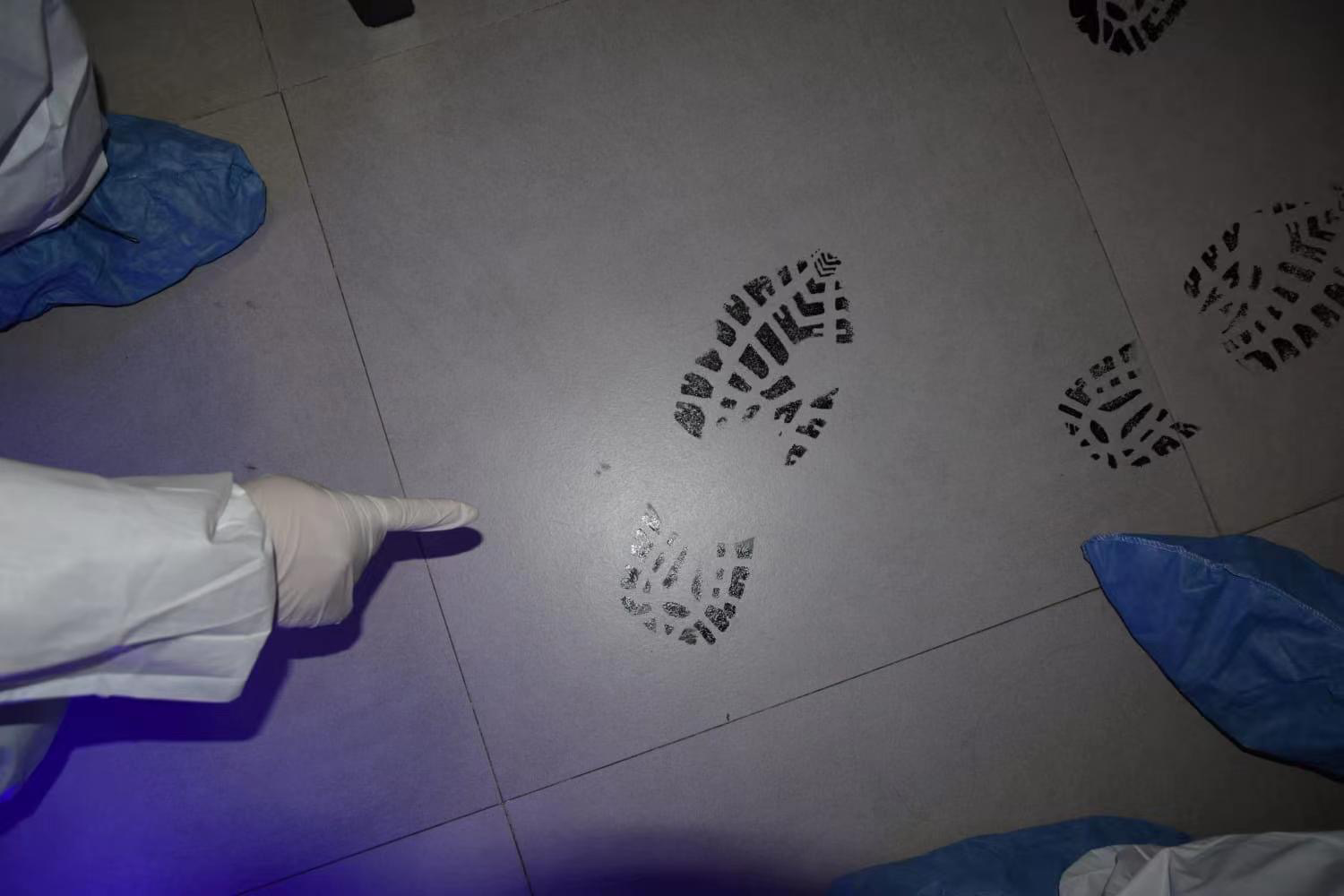
Image 2
The footprints left at the crime scene and the marks at the shoe of people with the incident can be investigated. At the same time, as an important part of shoe analysis, it is the determination of the person’s walking style with the soles of the shoes. If there is blood at the crime scene, it can often be traced and used as evidence in court.
The basis of shoe impression evidence is the identification of the source of a shoe impression taken from a crime scene. The process of reviewing shoe impression evidence takes into account class and identifying characteristics. More generally, shoe impressions are created when a surface is pressed or stamped, such as a floor or furniture, where the properties of the shoe are transferred to the surface. Duties of the forensic shoe inspector include:
Verification: where an impression is to be matched with a suspect’s pressure,
Identification: matching the printed evidence to a large known set of prints. Descriptive features, on the other hand, do not originate from the manufacturing process, but are incidental, unpredictable features resulting from the wearing of the shoe. This may include the impression of objects stuck to the outsole or markings on the outsole due to cuts, nicks, dents and scratches.
Classification: determining the general characteristics of the shoes such as brand, gender and size. Class characteristics result from manufacturing characteristics such as physical size, design, and mold.
Footprints provide valuable forensic evidence. In many cases, it can be determined with certainty that shoe prints were made by a particular shoe, out of all other shoes.
Forensic shoe evidence can be used in legal proceedings to help prove a shoe was at the crime scene. Shoe evidence is often the most abundant form of evidence at a crime scene, and in some cases can prove to be as specific as a fingerprint.
Shoe impressions are often found at crime scenes. Footprints constitute an important clue in crime scene crimes so that investigations can proceed properly to identify criminals.

Image 3
Shoe impressions are often found at crime scenes. Footprints constitute an important clue in crime scene crimes so that investigations can proceed properly to identify criminals.
Shoe marks – the mark made by the outer surface of a shoe’s sole (outsole) – are distinctive patterns often found at crime scenes. Shoe marks can be broadly divided into two classes:
1. Shoe sizes with 3-dimensional (2D) information (for example, a shoe print on the beach), and
2. Footprints containing 2-dimensial (3D) information (for example, footprints on a floor).
Shoe prints are common at crime scenes and are just as common as fingerprints. It is used with high success in forensic investigations at the crime scene and in the detection of theft events.
Tire Tracks
Tire marks can also be common marks found at a crime scene, such as shoe prints, but can be found in snow, mud, sand or even on a victim at a crime scene. These marks can be collected by photographing, casting, removing and/or removing clothing from the victim.
Tire – impressions are classified as pattern proof, as tire tread impressions leave a unique pattern behind them. Just as shoe impressions can help narrow down brand, style, and size, tire tracks have the ability to do the same.
Alternative Light Sources (ALS) and Electrostatic removal, dusting, chemicals are used to display hidden shoe and tire tracks.
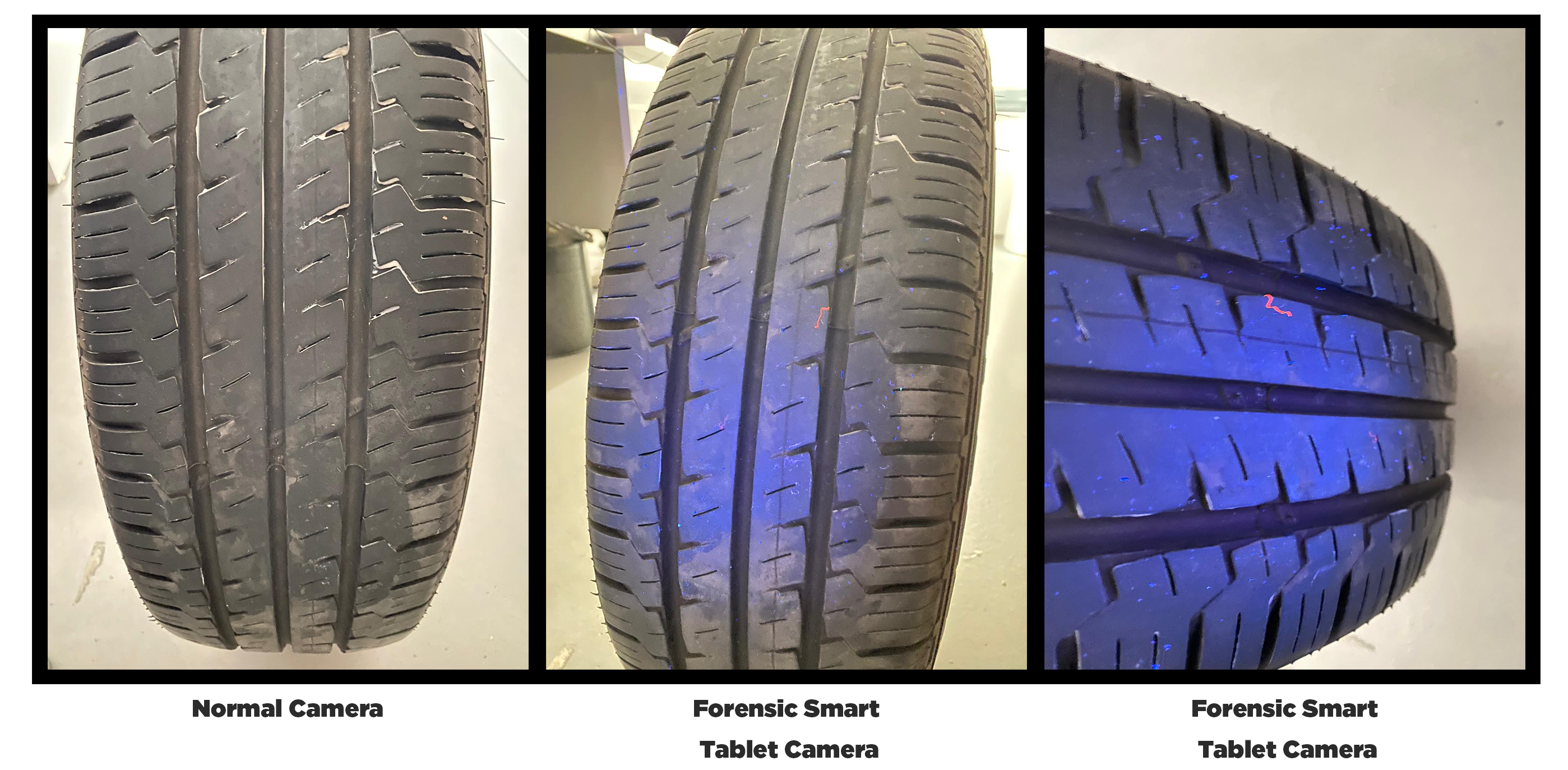
Image 4
There are different tire tracks. These,
Friction Marks: Refers to tire marks made by a spinning or yawning vehicle, a vehicle acceleration,or a flat tire.
Yaw (Direction) Marks: These tire marks are made by a tire that rotates parallel to the axle of the tank wheel and slides sideways, and are also called side-slip or critical speed friction marks.
Slip Marks: These tire impressions made by a locked wheel resulting from the application of the brakes.
Pressure Marks: Tire marks formed by the rotating tire are called pressure marks.
Scrub Marks: These types of tire marks remain on the vehicle when a wheel is locked due to damage.

Image 5
In the order of collection of tire tracks or impressions from the crime scene, it is classified into three categories. The first category of tire tread is visible print, which is visible to the naked eye and can be collected by photography. The second category, called plastic printing, is the 3D impression that can be collected by casting the print using mixtures such as dental calculus and water. Can use a 3D impression of the rubber formed when the mixture dries. The final category of tire marks or markings are hidden prints that are invisible to the naked eye and are found on flat surfaces such as sidewalks, roads, or driveways. An electrostatic and a gelatin-lifting powder print removal device were used to collect such an impression. Once collected, these impressions must be adequately protected to prevent contamination as they are important evidence of crime.
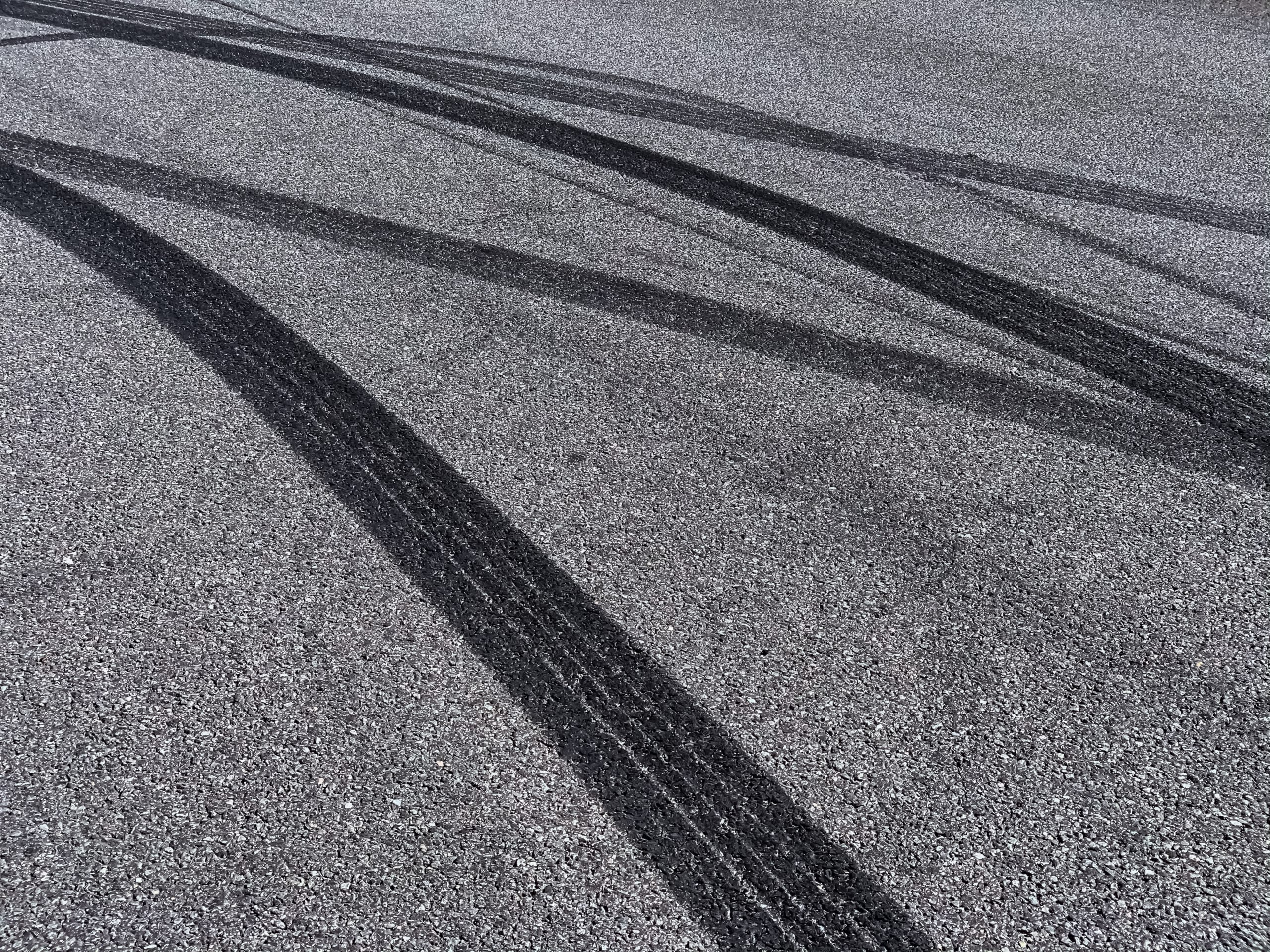
Image 6
Because different manufacturers produce different types of tire patterns, tread impressions can help narrow down the brand, style and size. Tire impressions can try to match through searchable databases that help an investigator identify criminal facts and evidence. It also helps to identify the perpetrator.


